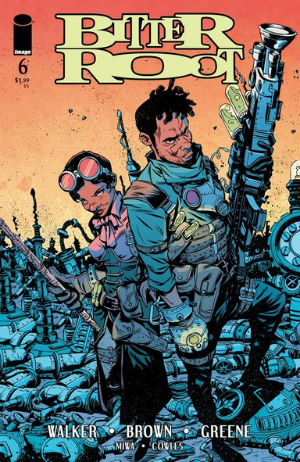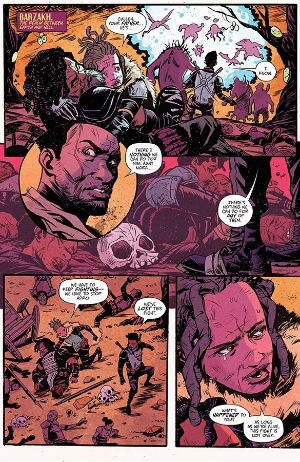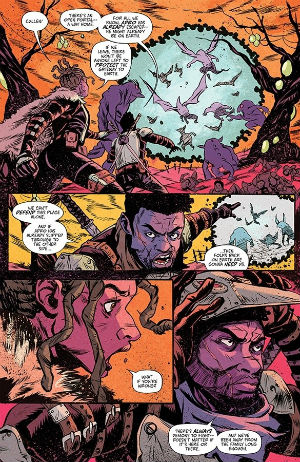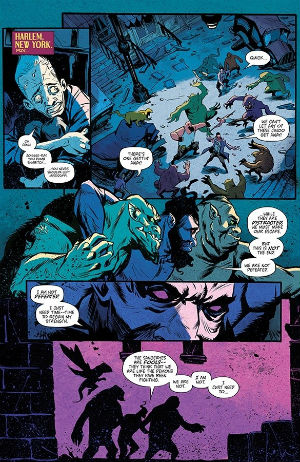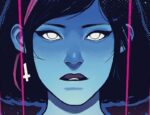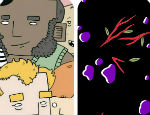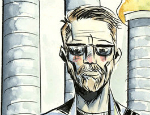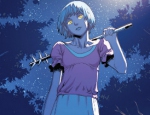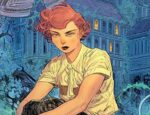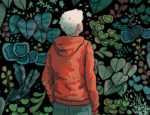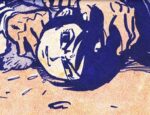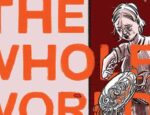‘Family Business’, the first Bitter Root story arc, established the Sangerye family, a monster-hunting clan whose status had diminished over the years. Set in the 1920s, during the Harlem Renaissance, those opening issues introduced the assorted Sangeryes including the matriarchal Ma Etta, frustrated would-be adventurer Blink, the less accomplished Cullen (who would undergo a significant transformation), and the erudite Berg, among others. A follow-up one-shot anthology Bitter Root: Red Summer Special filled in some of the previously hinted at gaps in the family’s history while propelling other plot points forwards.
That initial storyline mixed supernatural action thriller with social commentary as the Sangeryes faced the threat of the Jinoo, humans whose hatred and bigotry had changed them into demonic entities. Written by David F. Walker and Chuck Brown, and brought to visual life by Sanford Greene, it placed events into a very specific historical context, exploring the racist atrocities of the era in what has been frequently referred to as an “ethnogothic” tale.
The first Bitter Root arc had a sprawling cast and a breakneck pacing which meant, although largely well defined in their own rights, characters still fought for their moment in the narrative spotlight. Readers, too, were thrown into the action from the outset, learning about the characters and their backstory on the go. While this felt fitting in terms of mirroring the frenetic pace and uncertainty of Sangeryes’ lives it meant that ‘Family Business’ was a significantly more satisfying read as a collection in comparison to its monthly incremental incarnation.
For the second story arc, Bitter Root #6 wisely provides the reader with a family tree and bios of the cast, along with a recap of events to date to ease the audience back into the Sangeryes’ world. The first issue to be edited by Shelly Bond (Black Crown, Vertigo) builds on that startling cliffhanger from #5 as we find the family dealing with an escalation of the Jinoo threat, the tensions in their own relationships, a markedly changed family member and an all-new monstrous adversary…
With an expanding list supporting players and further revelations about the greater picture, Bitter Root #6 acts as both prologue to this second storyline and as an exercise in world-building, giving us a greater understanding of the book’s environment while Walker and Brown also drop in enough hints and teasers to open up a whole new set of questions.
The distorted fluidity of Sanford Greene’s art brings the horrors of the Sangeryes’ world to vivid, brutal life. That can be in the frenzy of battle – the action sequences this issue are sublime in their realisation with panels overlapping panels and separate perspectives/sequences juxtaposed – or in quieter but no less devastating scenes, as the conclusion of this instalment demonstrates. Sofie Dodgson’s colours are an integral part of the mix, soaking each page in the eeriest, most atmospheric hues while Clayton Cowles’ lettering craft can always be relied on to play its part in guiding our eye and pacing dialogue.
As with the first run of issues the back material essays on black popular culture and history make a fascinating and welcome complement to the main action. Bitter Root is such a compelling read because, for all the grand guignol and ostentatious adventuring, it’s an intensely human drama rooted in very real horrors. If you’ve yet to pick it up then #6 has been much touted as a jumping-on point, and it’s a solid and compelling one at that.
David F. Walker & Chuck Brown (W), Sanford Greene (A), Sofie Dodgson (C), Clayton Cowles (L) • Image Comics, $3.99
Review by Andy Oliver





